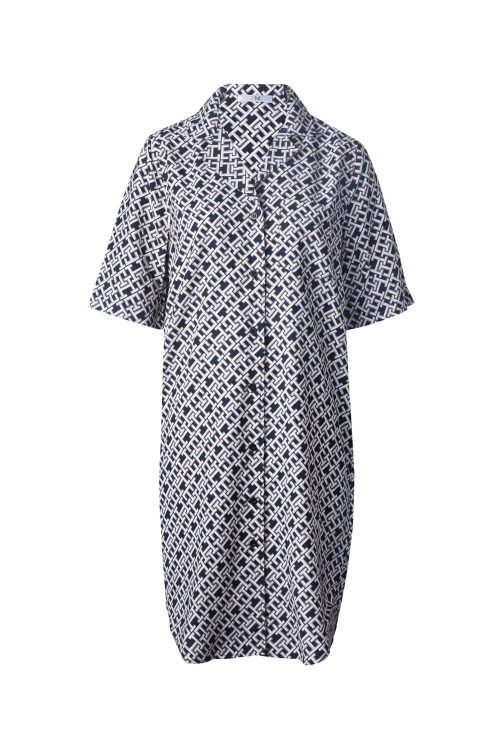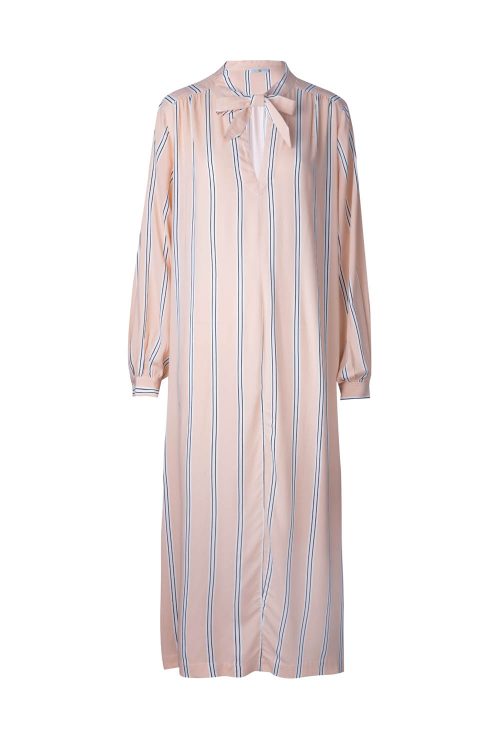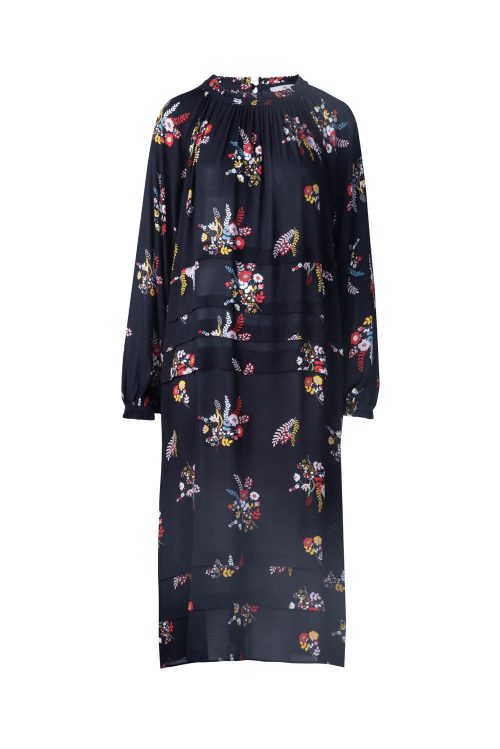
Introduction to OEM in Clothing
The fashion industry thrives on innovation, customization, and swift responsiveness to changing trends, especially in women’s apparel. Original Equipment Manufacturing (OEM) stands at the heart of this dynamic, offering a bridge between visionary designs and tangible, market-ready products. This introductory section explores the essence of OEM in clothing, highlighting its significance in propelling fashion brands towards success.
The Fundamentals of OEM
At its core, OEM in the clothing sector refers to a service where firms design their apparel while partnering with external manufacturing units to produce the garments. This section delves into what OEM entails, setting it apart from Original Design Manufacturing (ODM), and laying the foundation for understanding its critical role in the apparel industry.
The Role of OEM in Women’s Fashion
Women’s fashion, with its vast array of styles, from skirts and blouses to jackets and pants, demands a versatile and adaptable manufacturing approach. OEM offers just that—allowing designers to experiment freely with trends, ensuring that the end product reflects the original vision with fidelity and flair.
Advantages of OEM for Clothing Brands
Choosing OEM manufacturing brings a plethora of benefits to clothing brands, including cost reductions, enhanced quality control, and a faster turnaround from design to retail shelves. This section examines how OEM partners facilitate these advantages, ensuring that brands can stay competitive in a fast-paced market.
The Process of OEM Clothing Production
Understanding the OEM process—from the initial sketch to the final product on the store rack—is crucial for anyone involved in the clothing industry. This detailed exploration covers each step, emphasizing the importance of material sourcing, quality assurance, and efficient logistics.
Selecting the Right OEM Clothing Partner
The choice of an OEM partner can make or break a fashion brand. Here, we outline the key factors to consider when selecting an OEM manufacturer, including their expertise in women’s apparel, capacity for innovation, and commitment to sustainability.
Challenges and Solutions in OEM Clothing
While OEM offers significant opportunities, it also presents challenges such as quality consistency and supply chain complexities. This section discusses these hurdles and offers strategic solutions to navigate the OEM landscape successfully.
OEM Meaning in Clothing
OEM’s integration into the fashion industry is more than just a manufacturing choice; it’s a strategic decision that influences design trends, production efficiency, and market success. We explore the symbiotic relationship between OEM practices and contemporary fashion movements.
Sustainability and Ethical Considerations
The modern consumer demands more than just style—they seek sustainability and ethics in their apparel choices. This segment addresses how OEM practices can align with eco-friendly materials and responsible manufacturing processes to meet these expectations.
FAQs on OEM in Clothing
Addressing common questions about OEM in clothing, this section provides clear, concise answers to help readers better understand the concept and its implications for the fashion industry.
Conclusion
OEM in clothing is a vital component of the fashion industry’s ecosystem, offering a flexible, efficient path from design to wardrobe. As brands and manufacturers continue to navigate its challenges and opportunities, OEM remains a cornerstone of innovation and success in women’s fashion.




